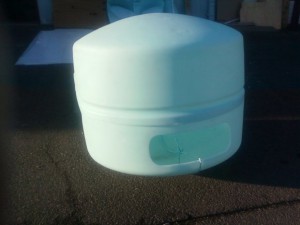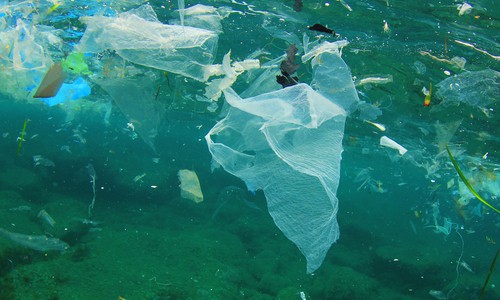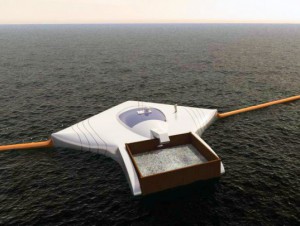It’s human nature to consume. Let’s face it, that’s never going to change. Like every other organism, we gobble up resources and spit others out. The problem isn’t that we consume, it’s that we package our consumption in materials which don’t fit into the natural waste cycle.
So we deal with it by creating more and more landfills. And for many decades, we simply dumped our waste products out in the ocean. As we got busy getting creative with more and more disposable plastic products to make our consumption even more convenient, our oceans became one big plastic soup and a massive environmental mess.
Fortunately, it’s also human nature to get creative in the wake of crisis. It’s part of our evolutionary DNA. Scientists, engineers, students, industry and concerned citizens around the world have been coming up with new ideas and technologies in recent years to address the challenges of cleaning up our oceans .
Innovative Ways to Clean Up Plastic from our Oceans
Ridding our seas of rubbish is a huge task. The latest studies estimate our oceans contain over five trillion pieces of plastic, with millions of tons additional flowing in each year. It’s literally everywhere, including in the deep sea and buried in Arctic ice.
Some say cleaning it up is impossible, others are more hopeful that we can rise to the challenge. Following are a few of the simple and more ambitious technologies proposed in an attempt to utilize science and engineering to save our oceans.
Manta Trawls – Scientists use these mesh net systems to collect zooplankton and plastic samples. They resemble a manta ray with metal wings. It’s possible to modify these to retrieve small plastic pieces in large quantity by adding a filter where the water comes in.
Ocean Cleanup Array –
A large-scale effort making headlines is wunderkind Boylan Slat’s Ocean Cleanup Project, which will use long floating barriers, using the natural movement of the ocean currents to passively concentrate the plastic itself into the array. Slat’s organization claims they have developed the world’s first feasible method to clean up nearly half of the so-called Great Pacific Garbage Patch within 10 years. This August, a fleet of research vessels will collect samples in a “Mega Expedition” to measure the amount of plastic in the garbage patch prior to launching a pilot array in 2016.
Some ocean gyre experts say this innovative technology won’t go deep enough below the surface and doesn’t address the super-tiny microplastics that are floating beyond the garbage patch. There’s also concerns of the barriers getting clogged with colonizing ocean life. Despite the criticism, the world is donating to this effort and cheering it on as a part of the cleanup puzzle.
Pelagic Pod –
The “P-Pod” is a collection device from abundantseas.org for ocean plastic made of recycled plastic itself. The pod was designed to draw plastic particles into the chamber where a proprietary mesh both sequesters the microplastic and absorbs toxic chemicals. The pod would go even further to help rehabilitate the ecosystem, by designing the exterior shell to be like island sanctuaries that enable ocean biomass to grow and flourish.
Floating Seawer Skyscraper – Other design concepts aim to solve multiple problems at once. A proposal by South Korean designer Sung Jin Cho would build a huge floating skyscraper that can generate electricity using seawater as it cleans up plastic waste. The solar-powered Seawer structure would separate plastic particles and fluid, recycle the seawater and release it back into the ocean, moving slowly from one polluted area to another. The project would include a huge drainage hole 550 meters in diameter and 300 meters in depth.
The Ultimate Ocean Cleanup Technology
While these technologies could be instrumental in making a dent towards cleaner oceans, the most important tool we have at our disposal is the simplest – our hands. Since a major portion of the 8 million tons of plastic entering the ocean each year either comes from beaches or ends up washing up on them, beach cleanups (like the one by our staff featured in our last blog) are extremely important!
In our next post, we’ll share resources for finding cleanup locations and learning about special coastal cleanup events worldwide for teaming up to stop the tide of plastic tainting our oceans.




